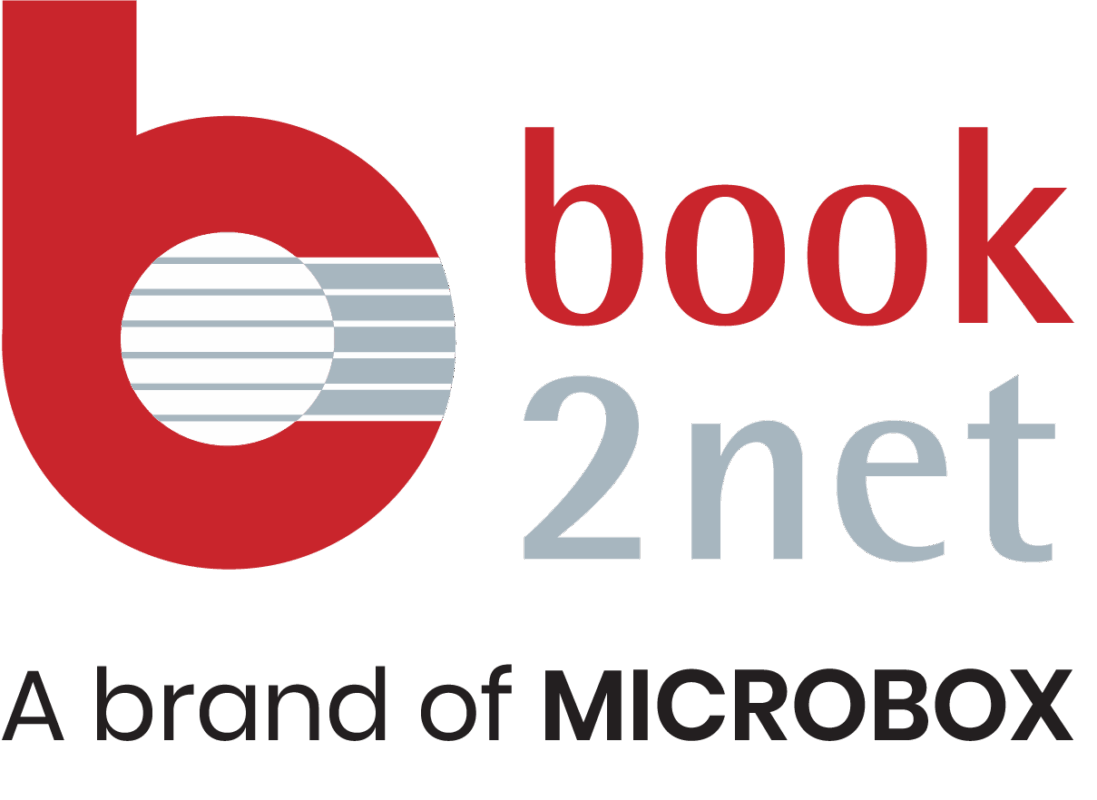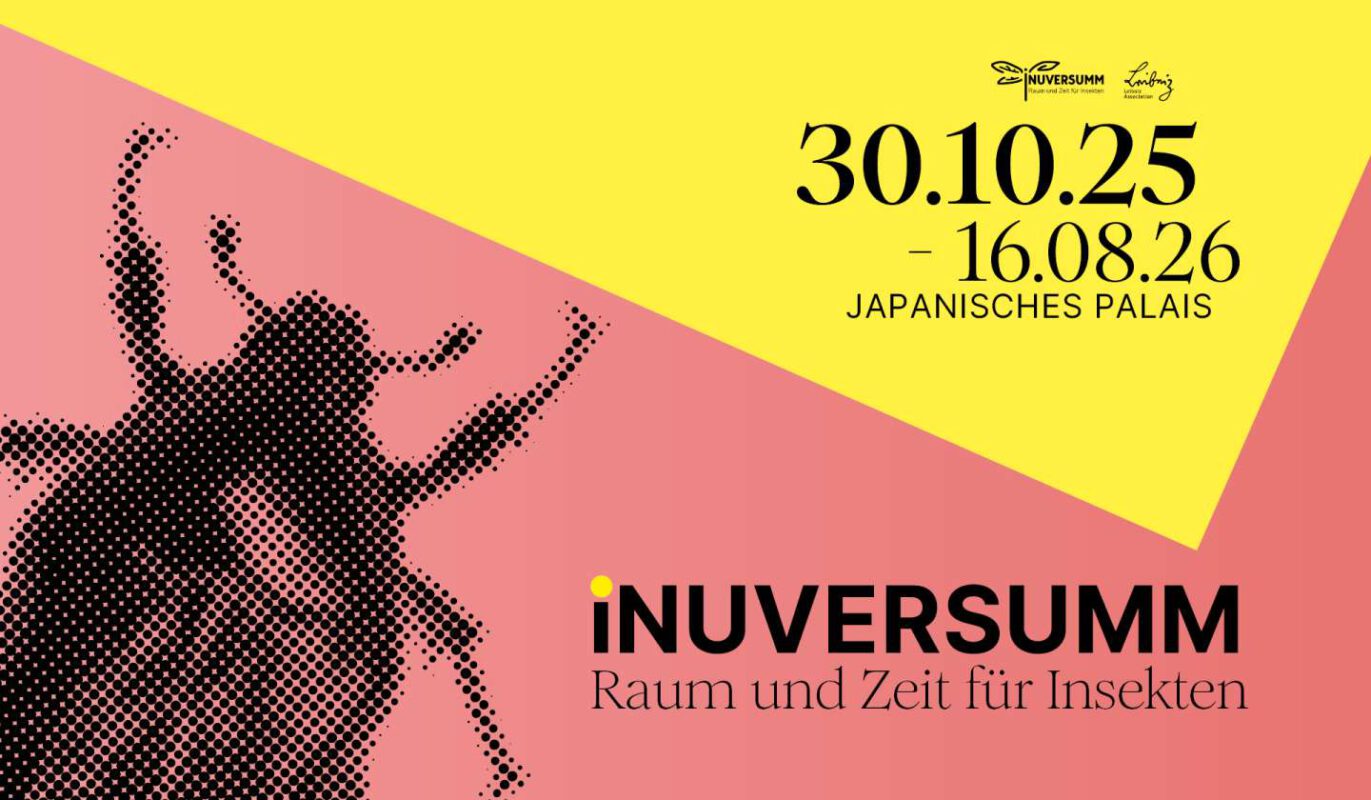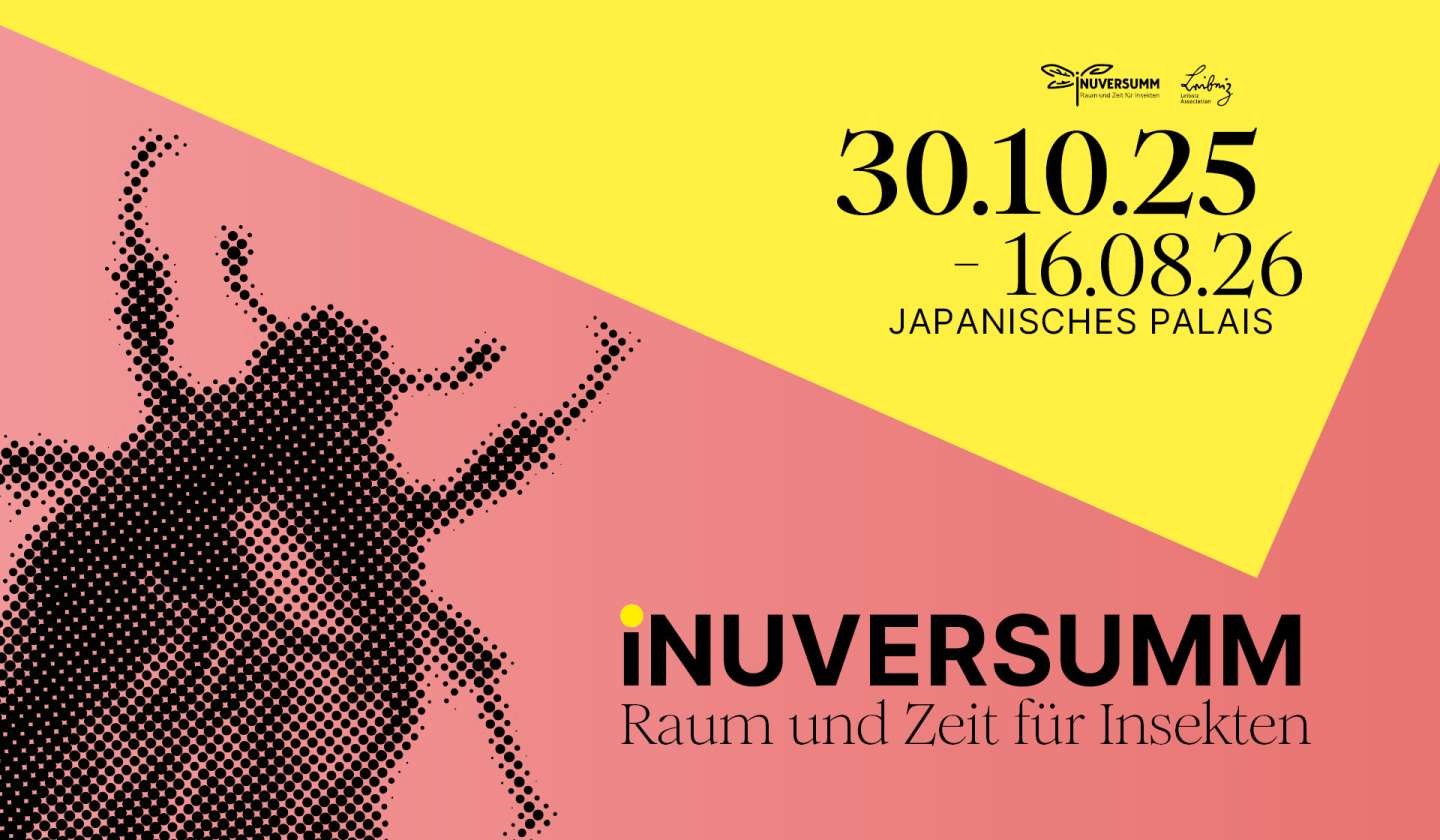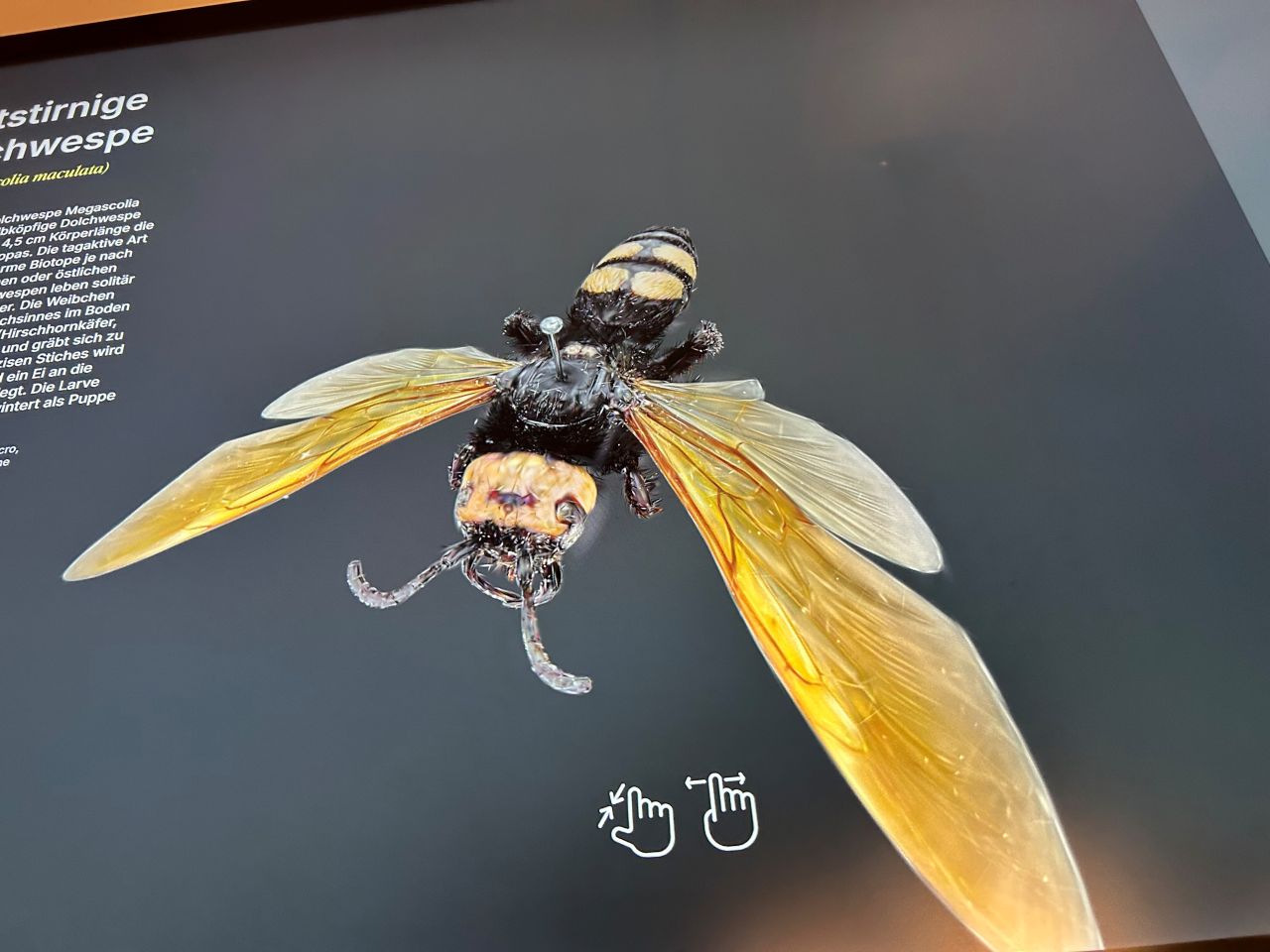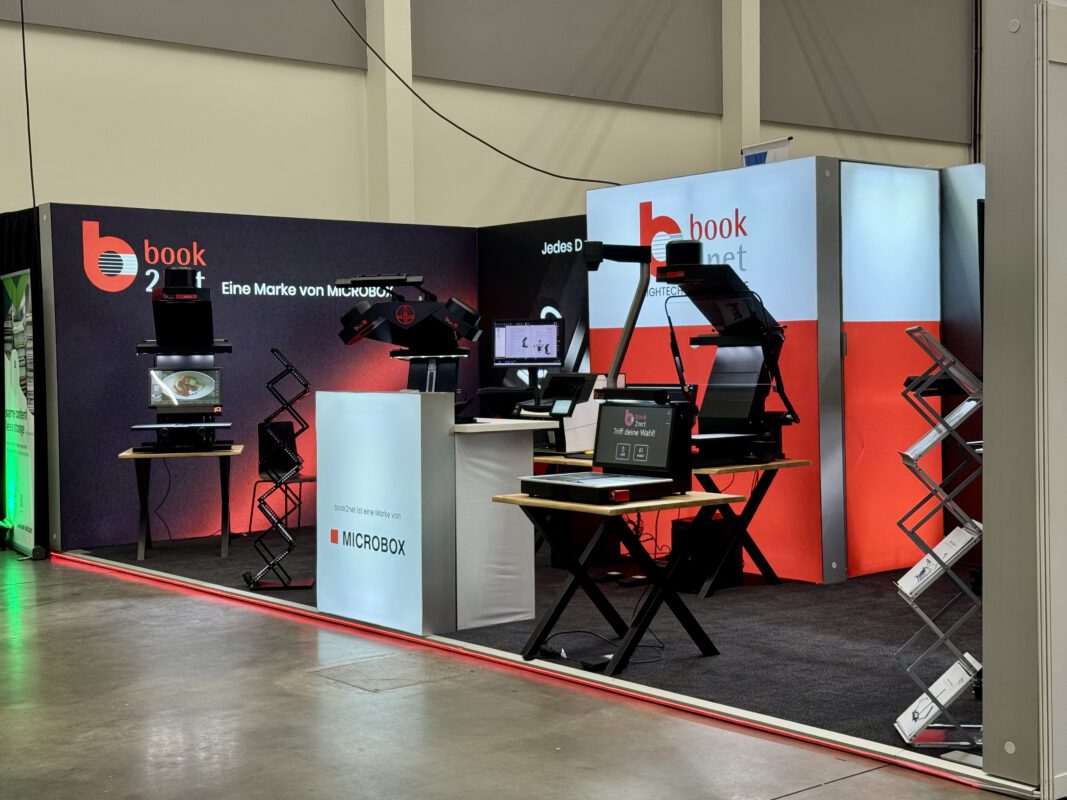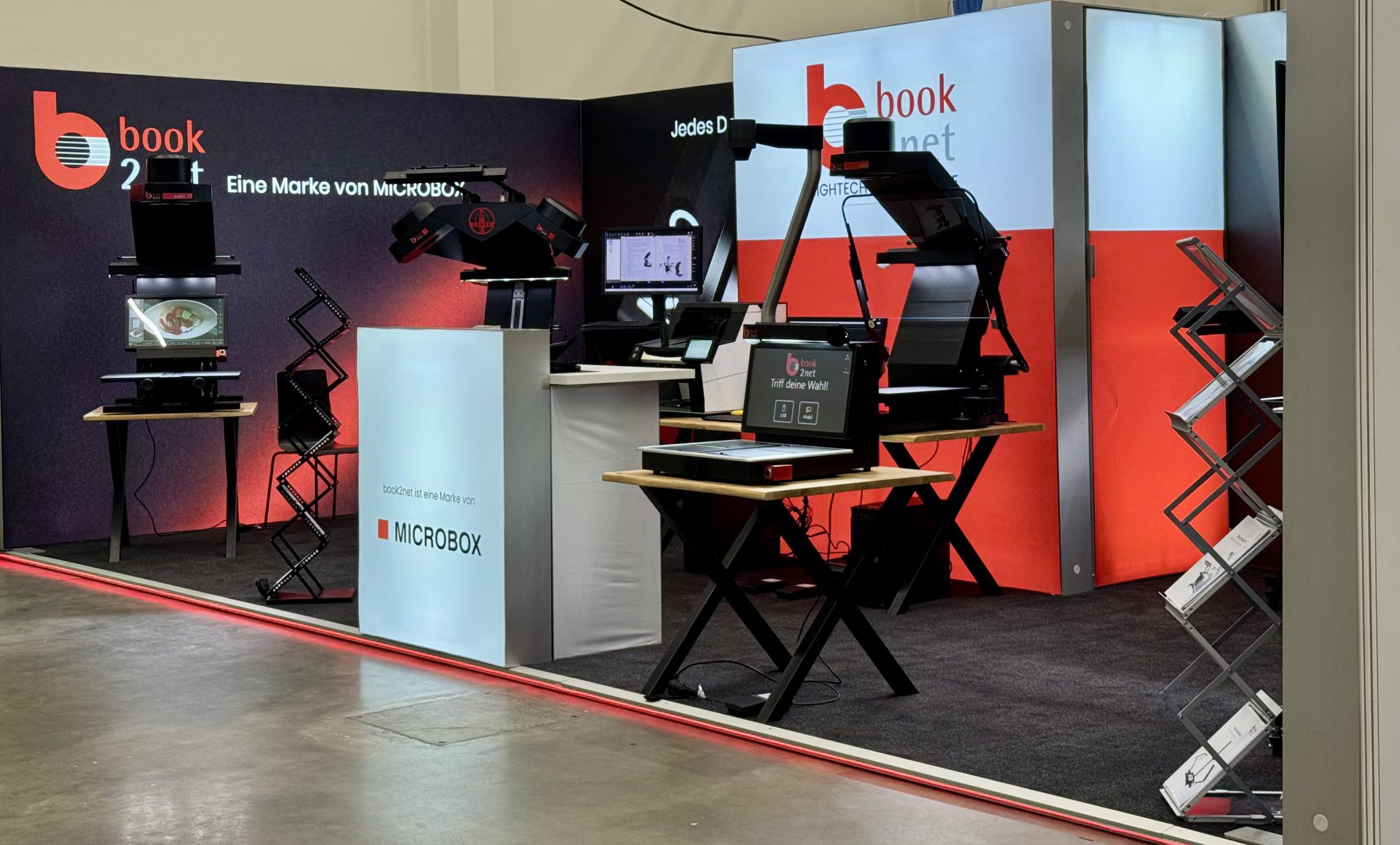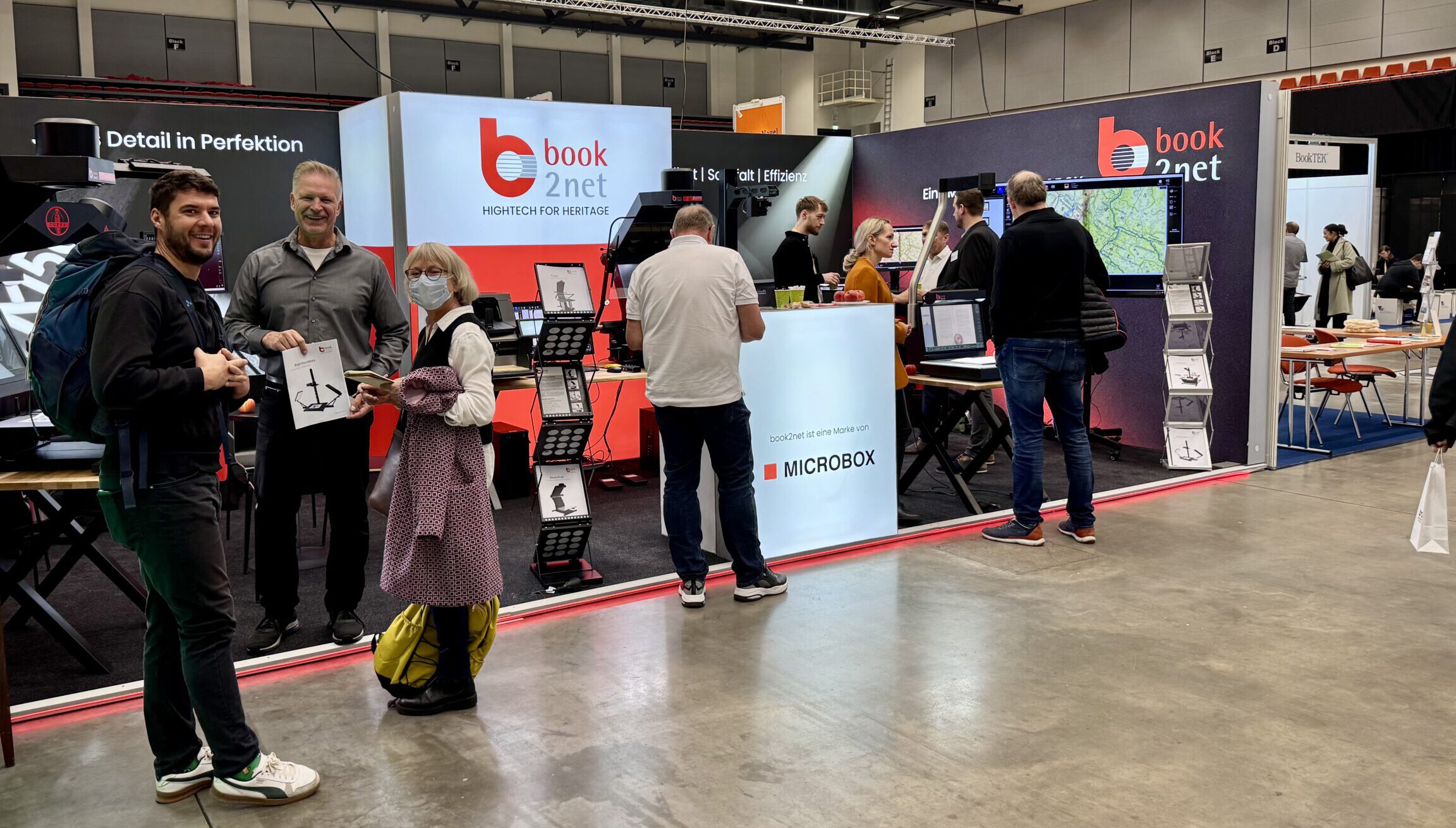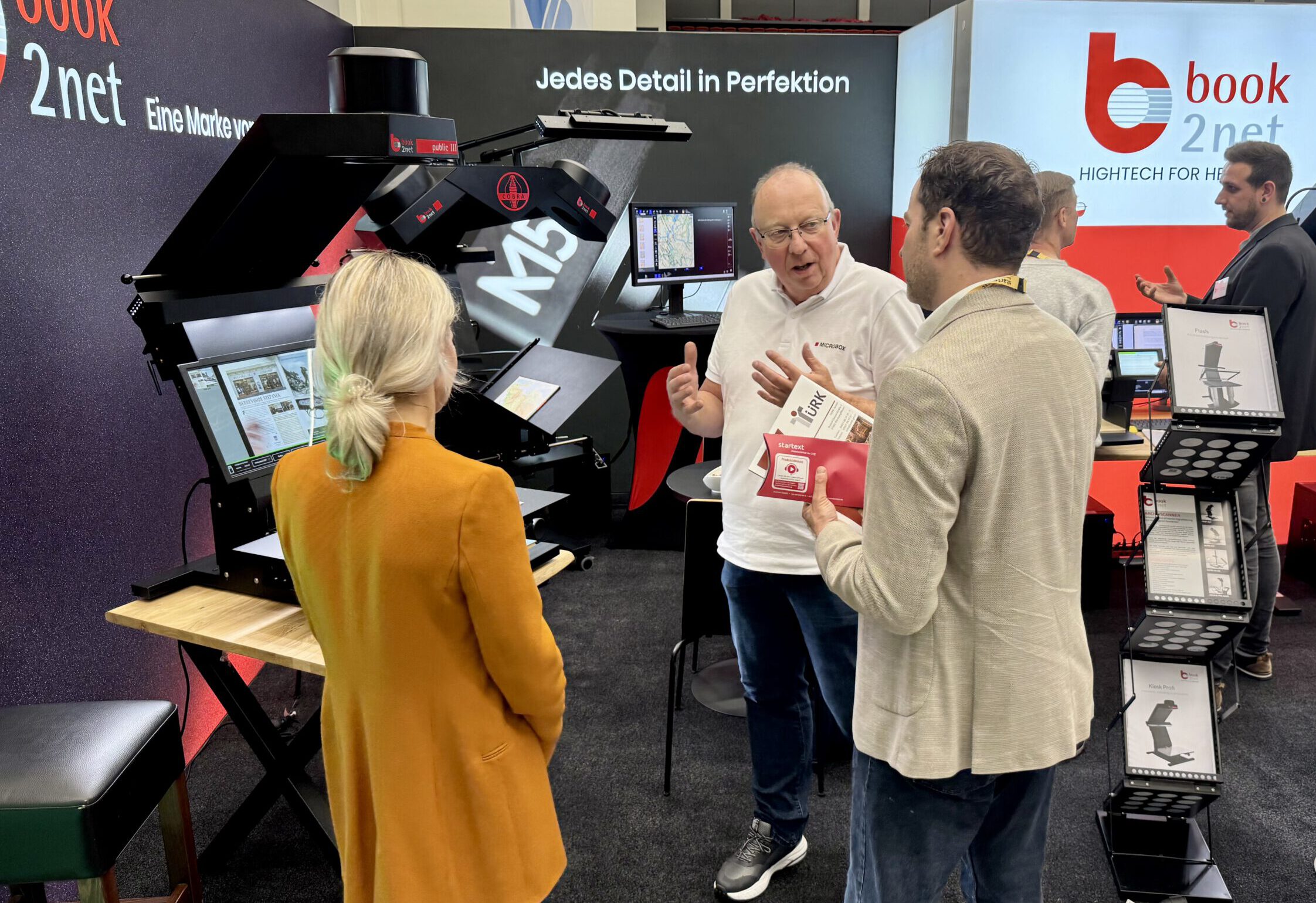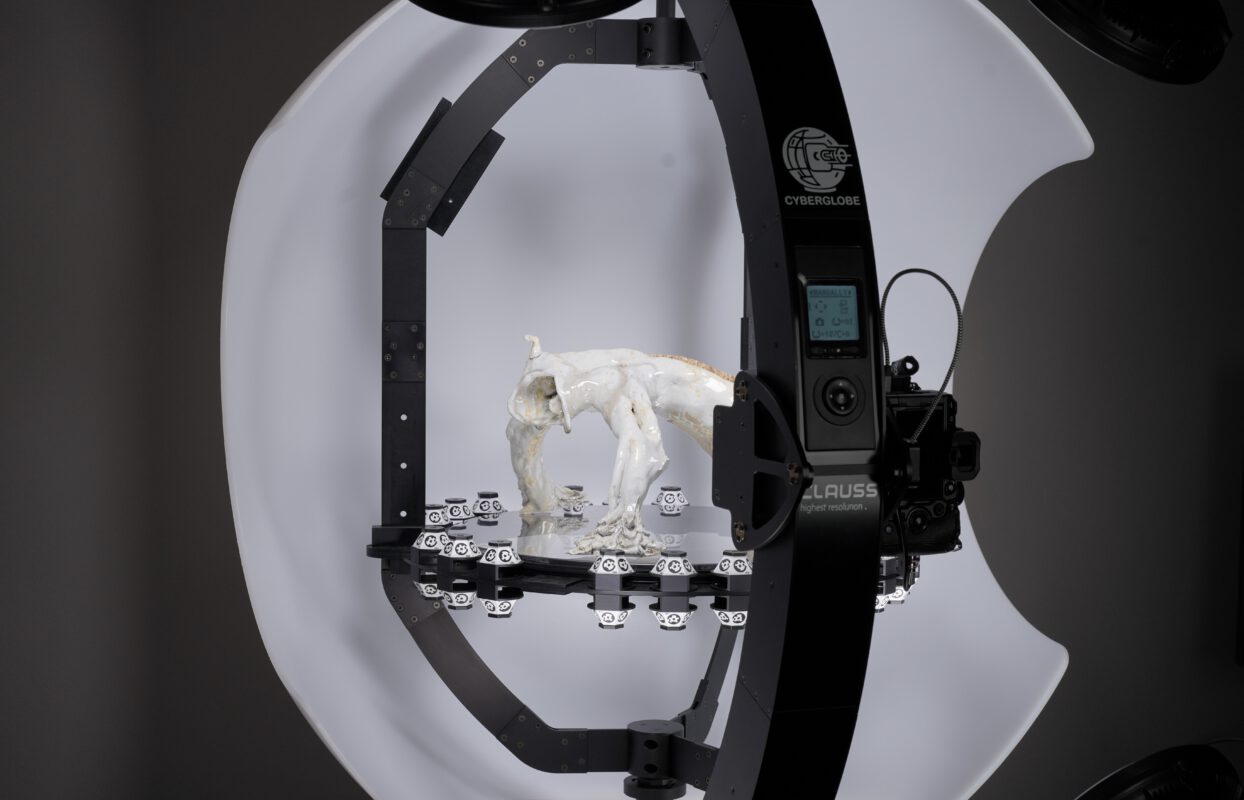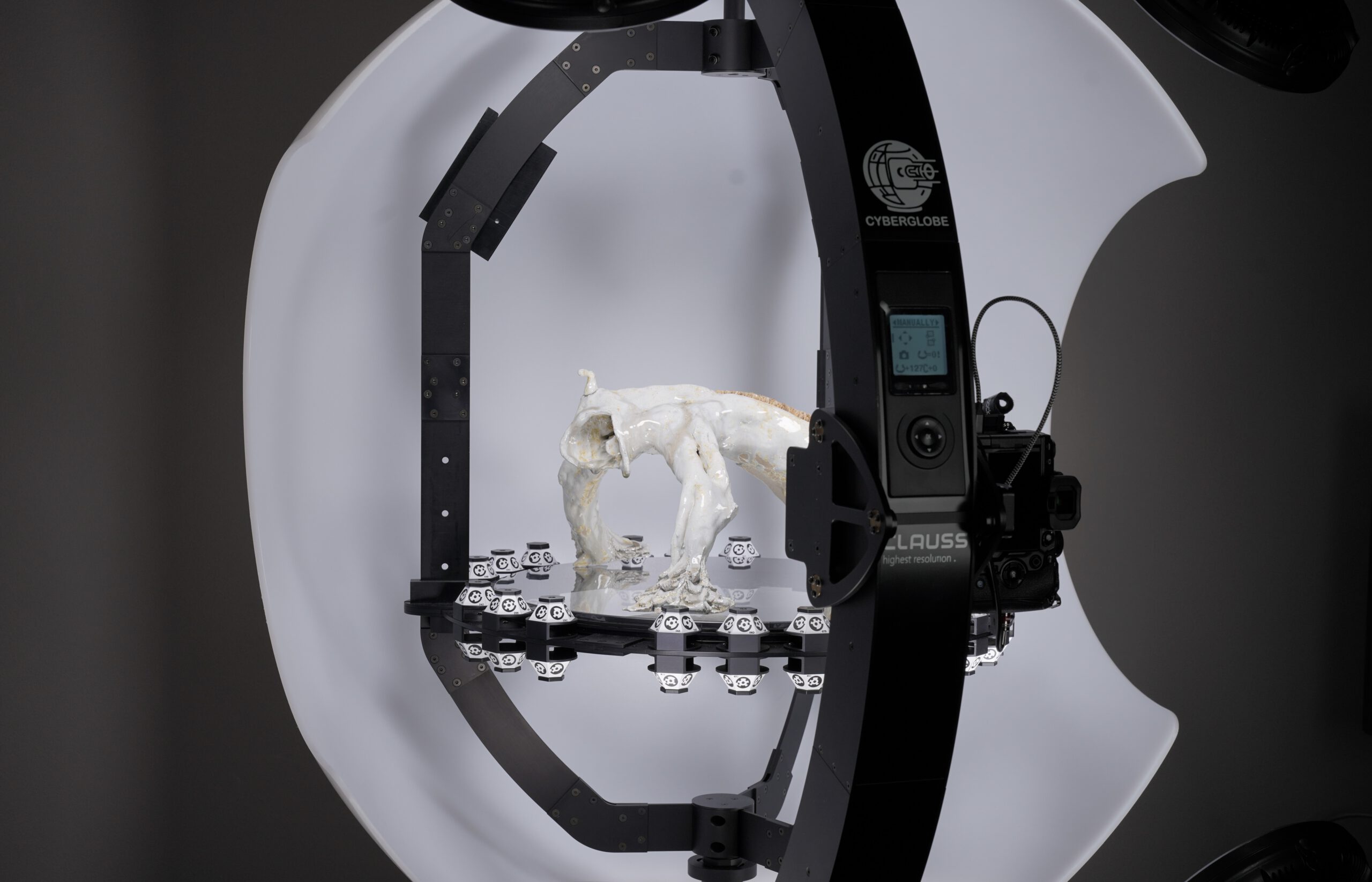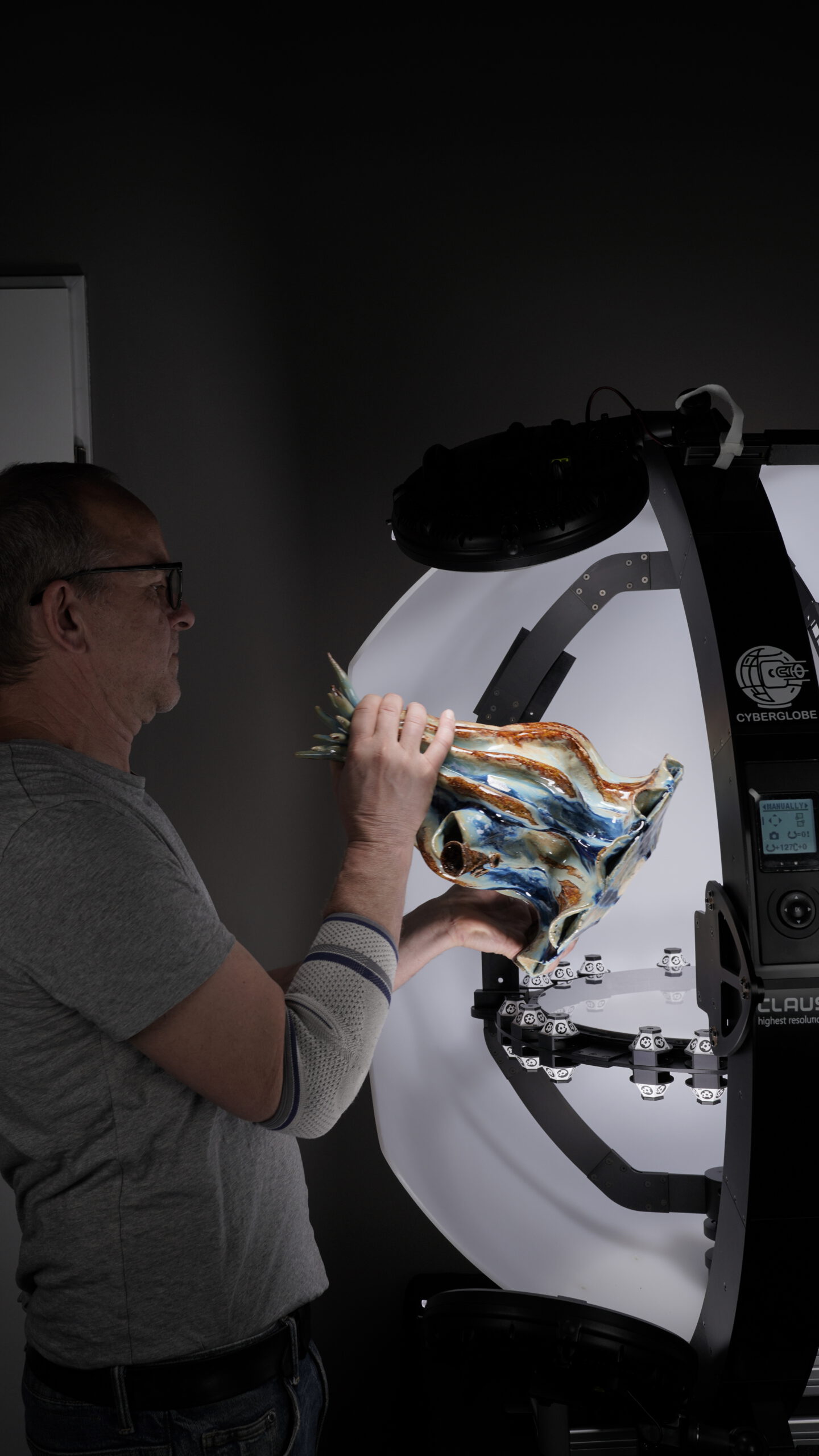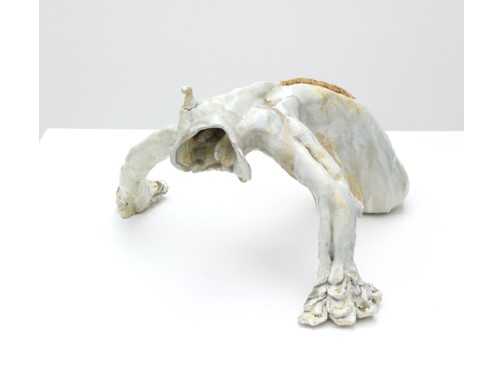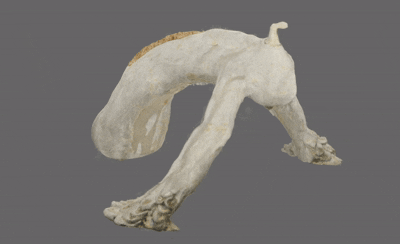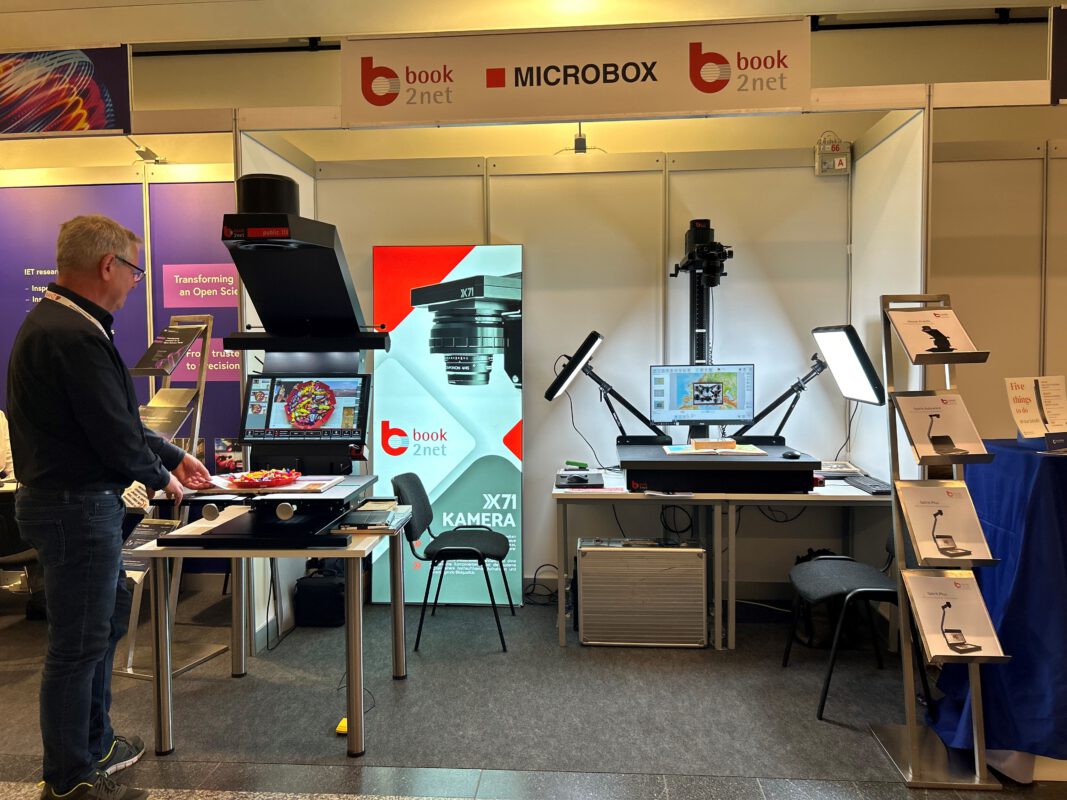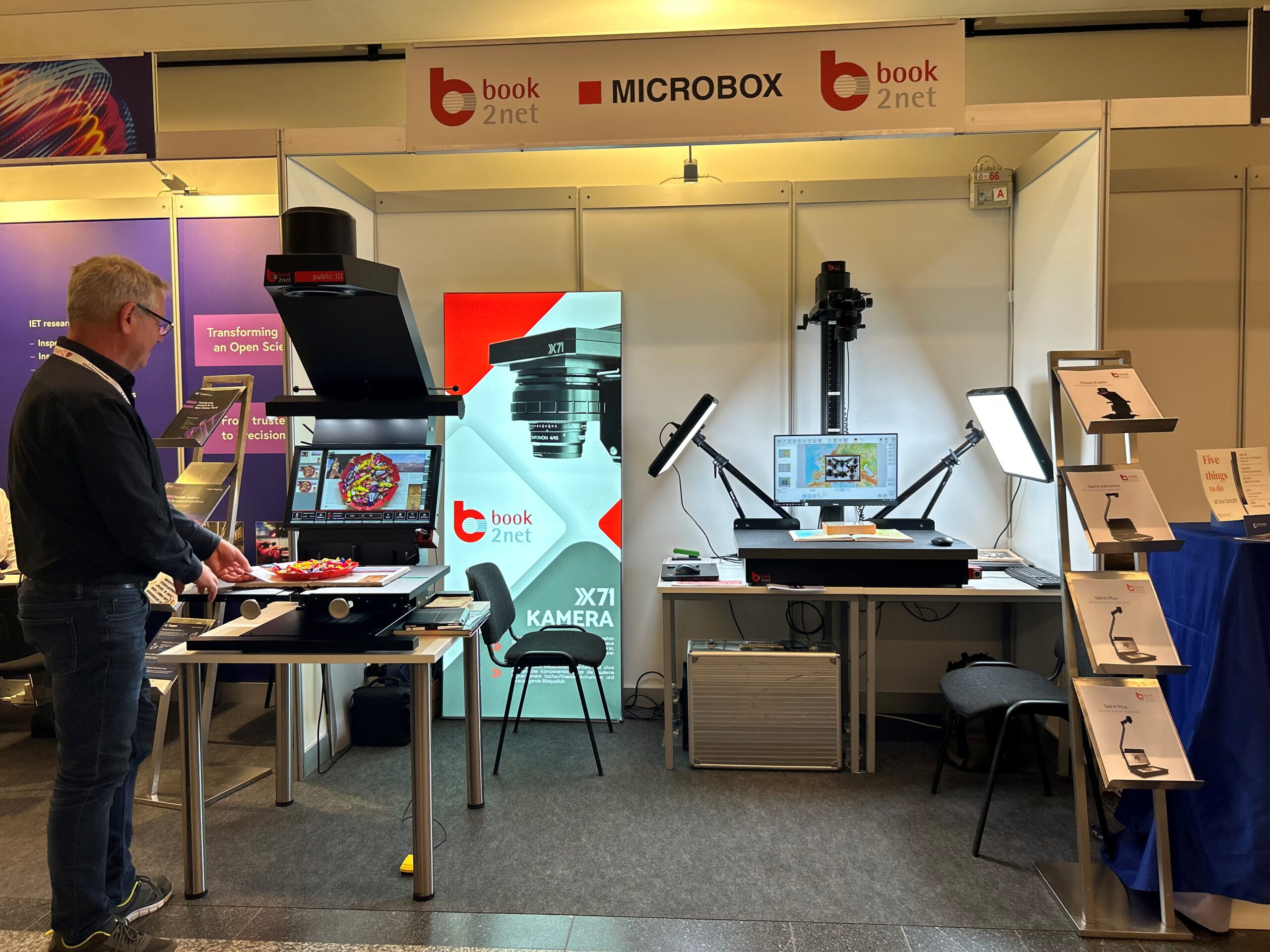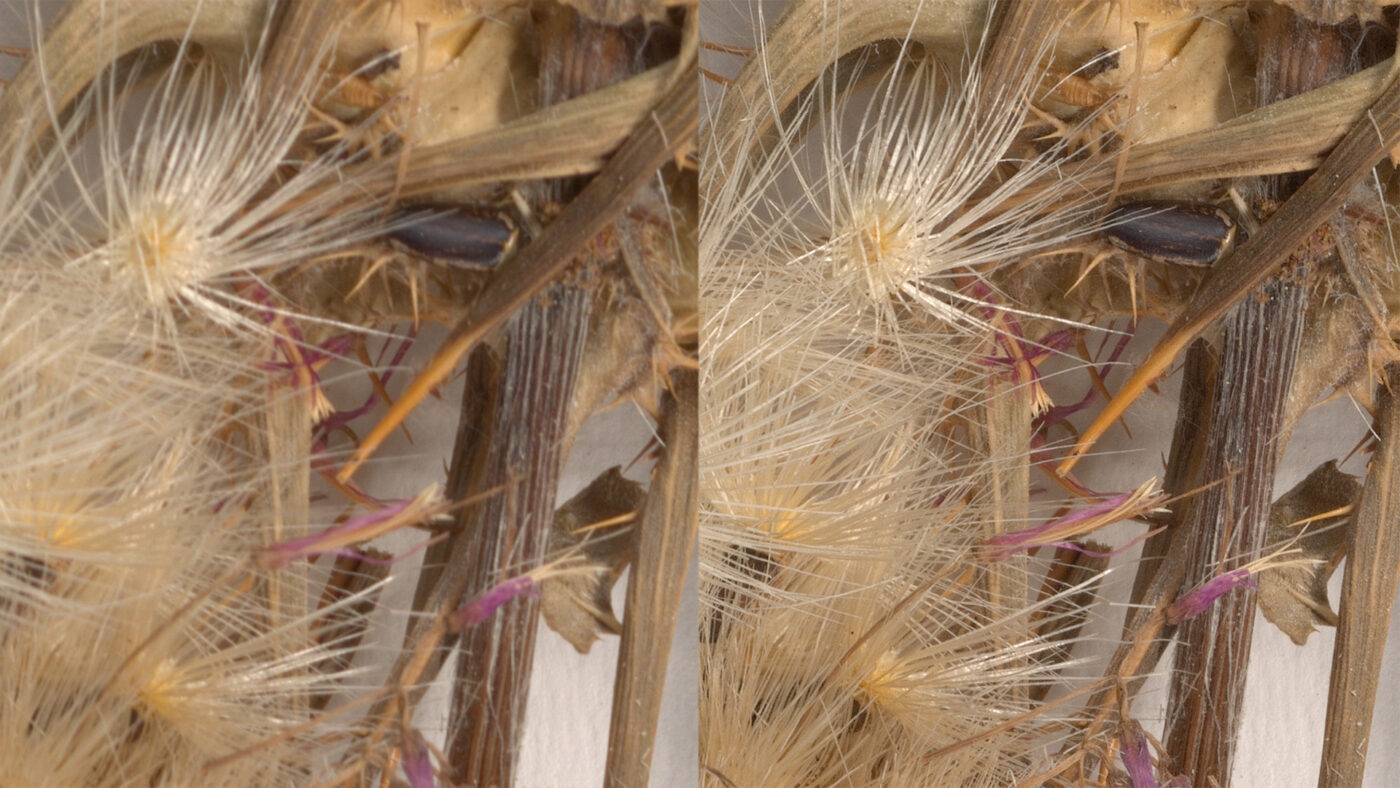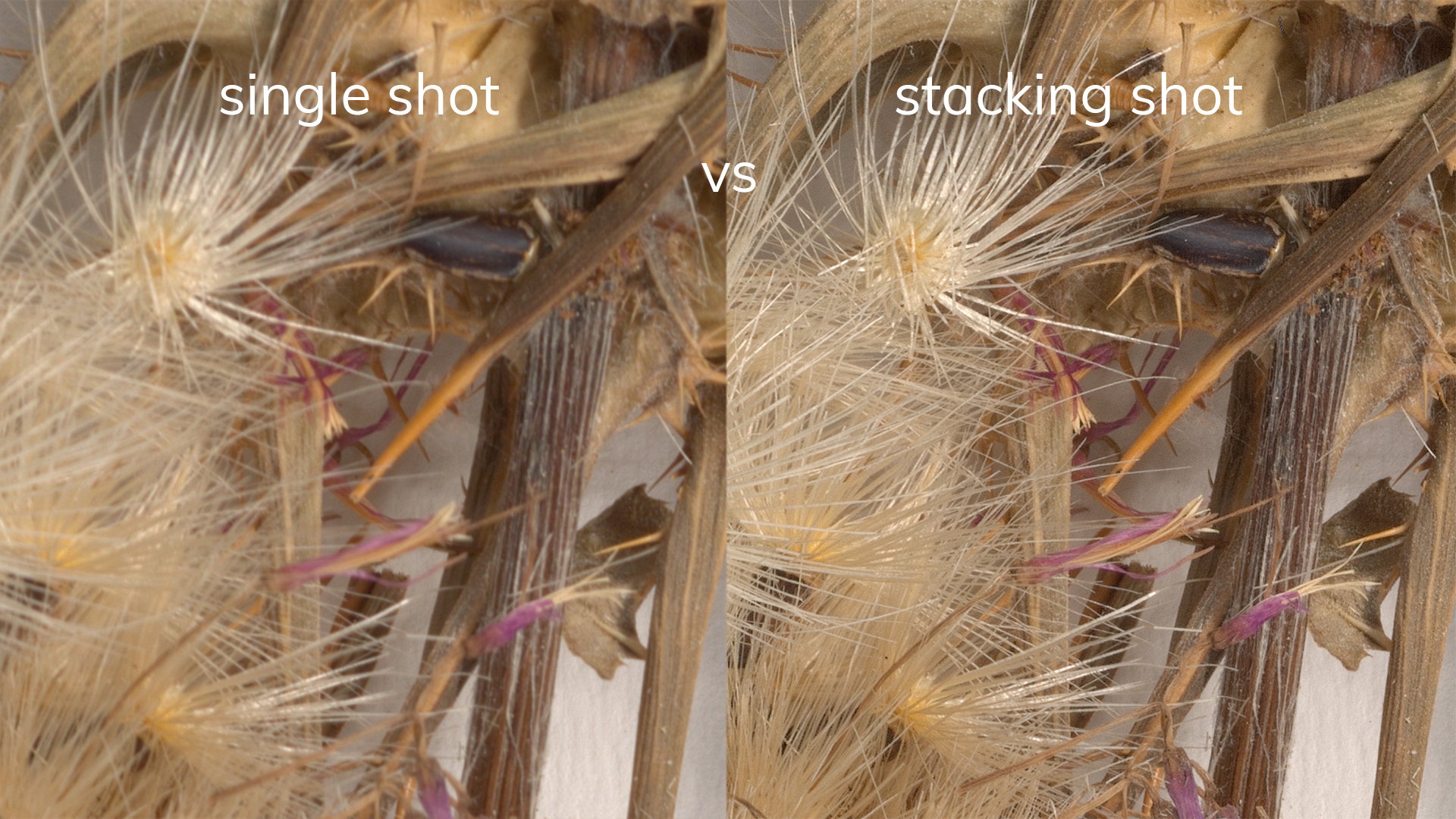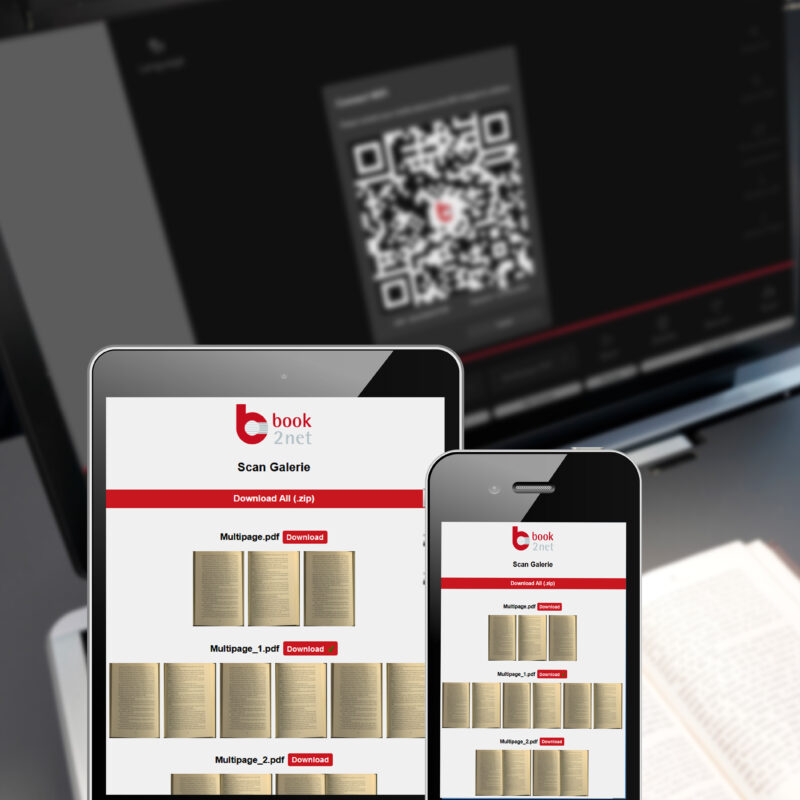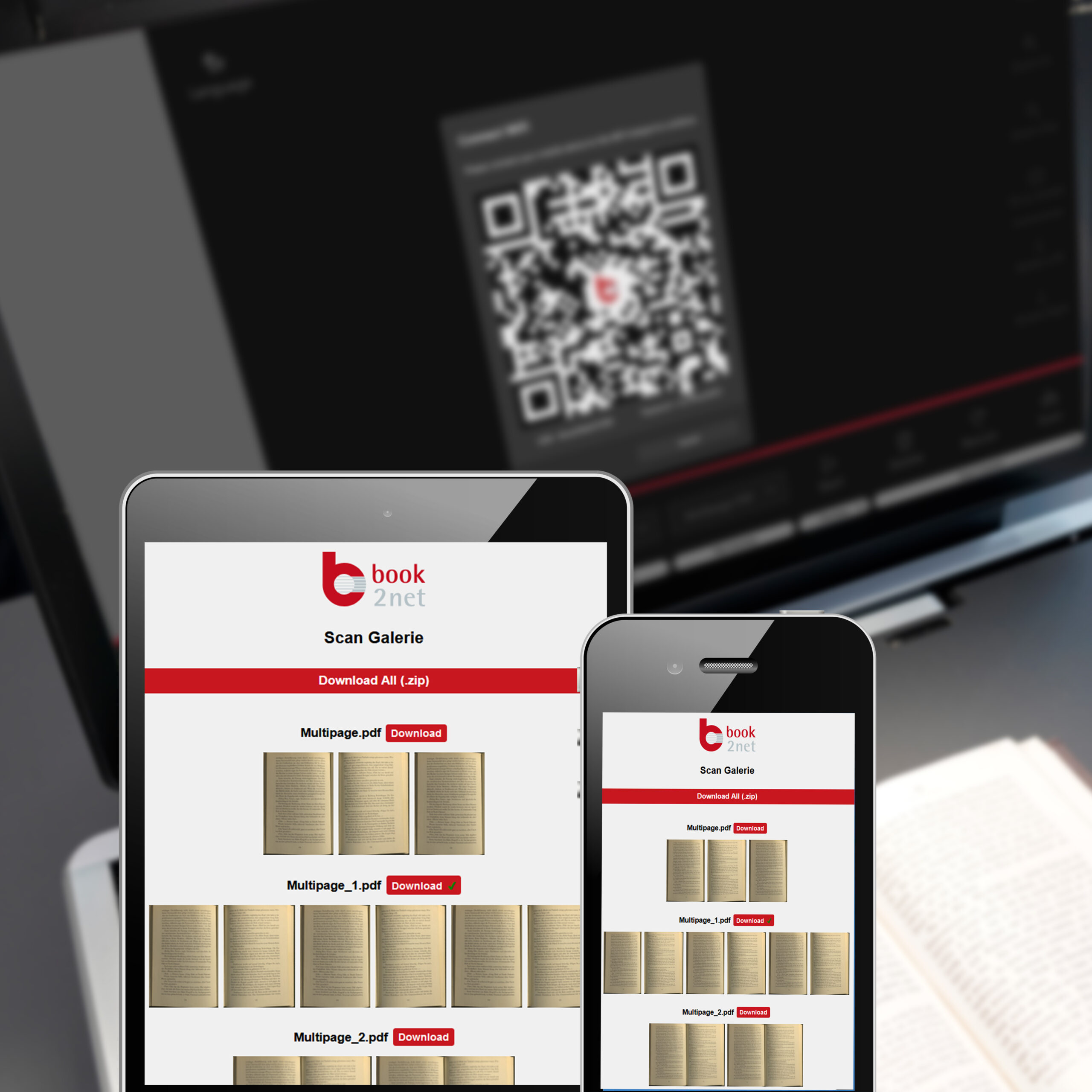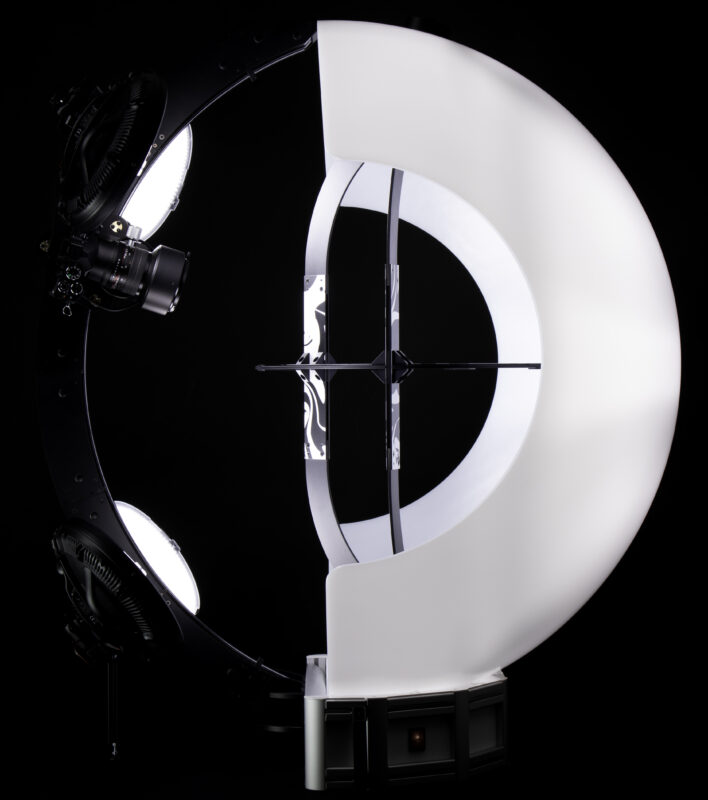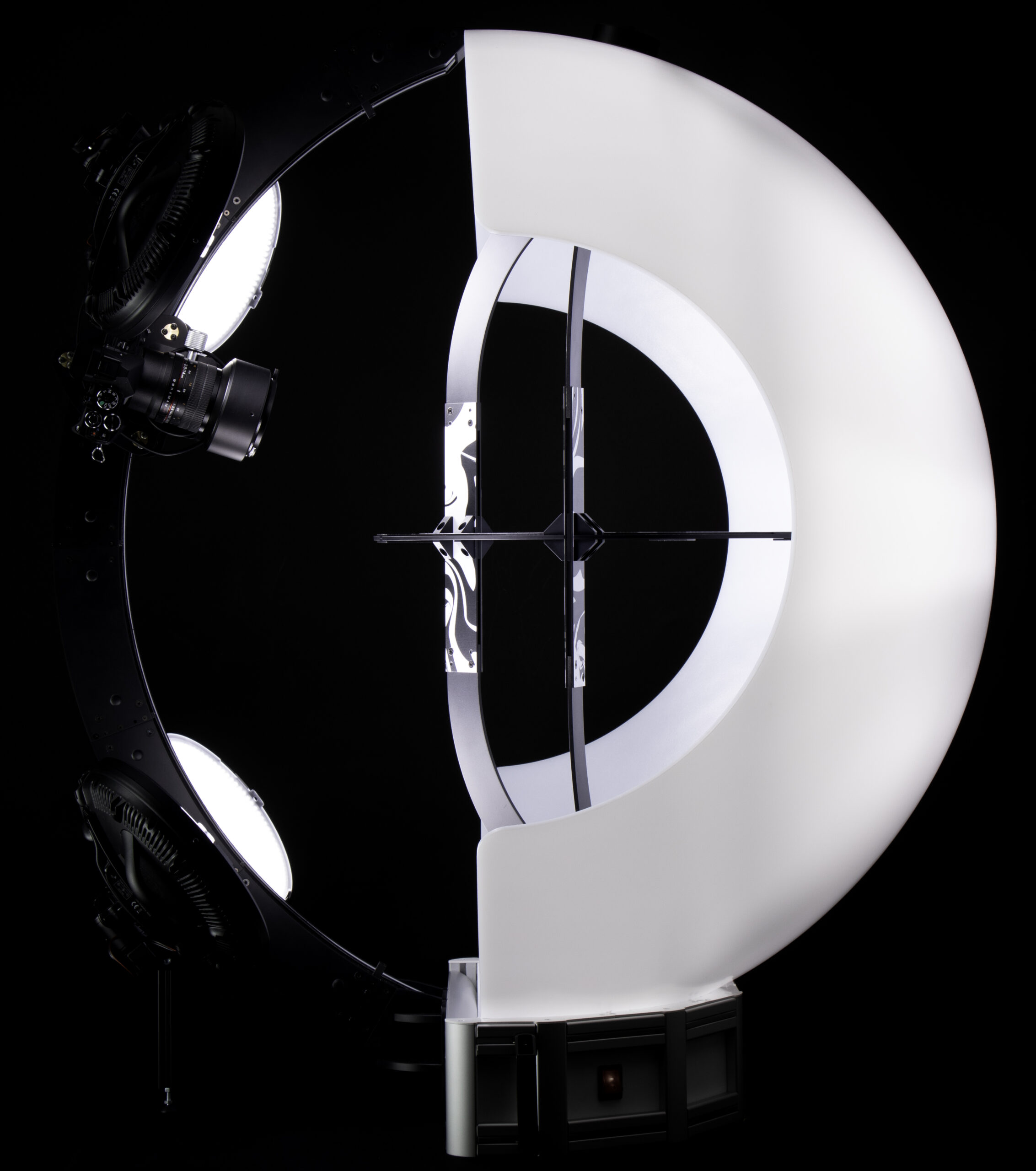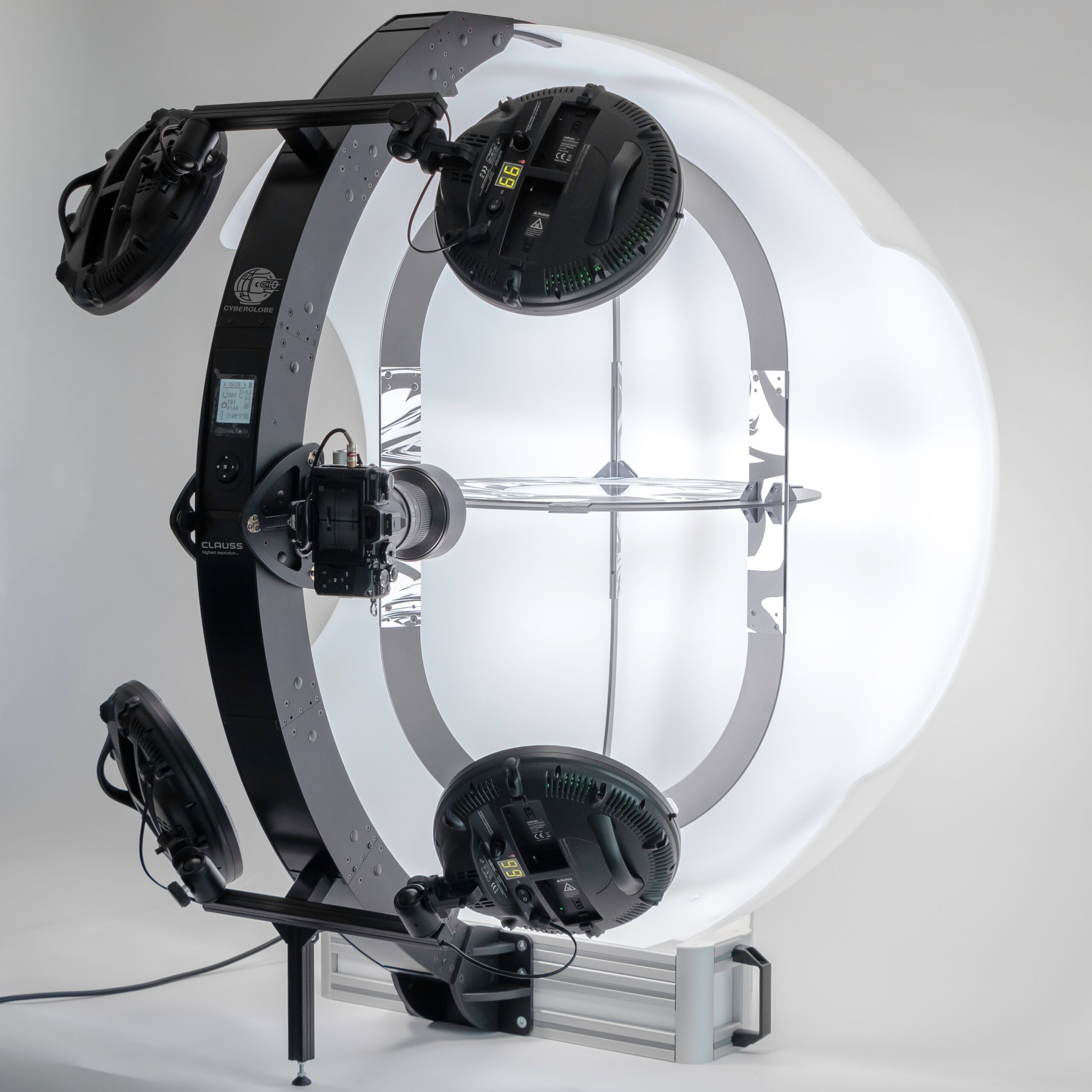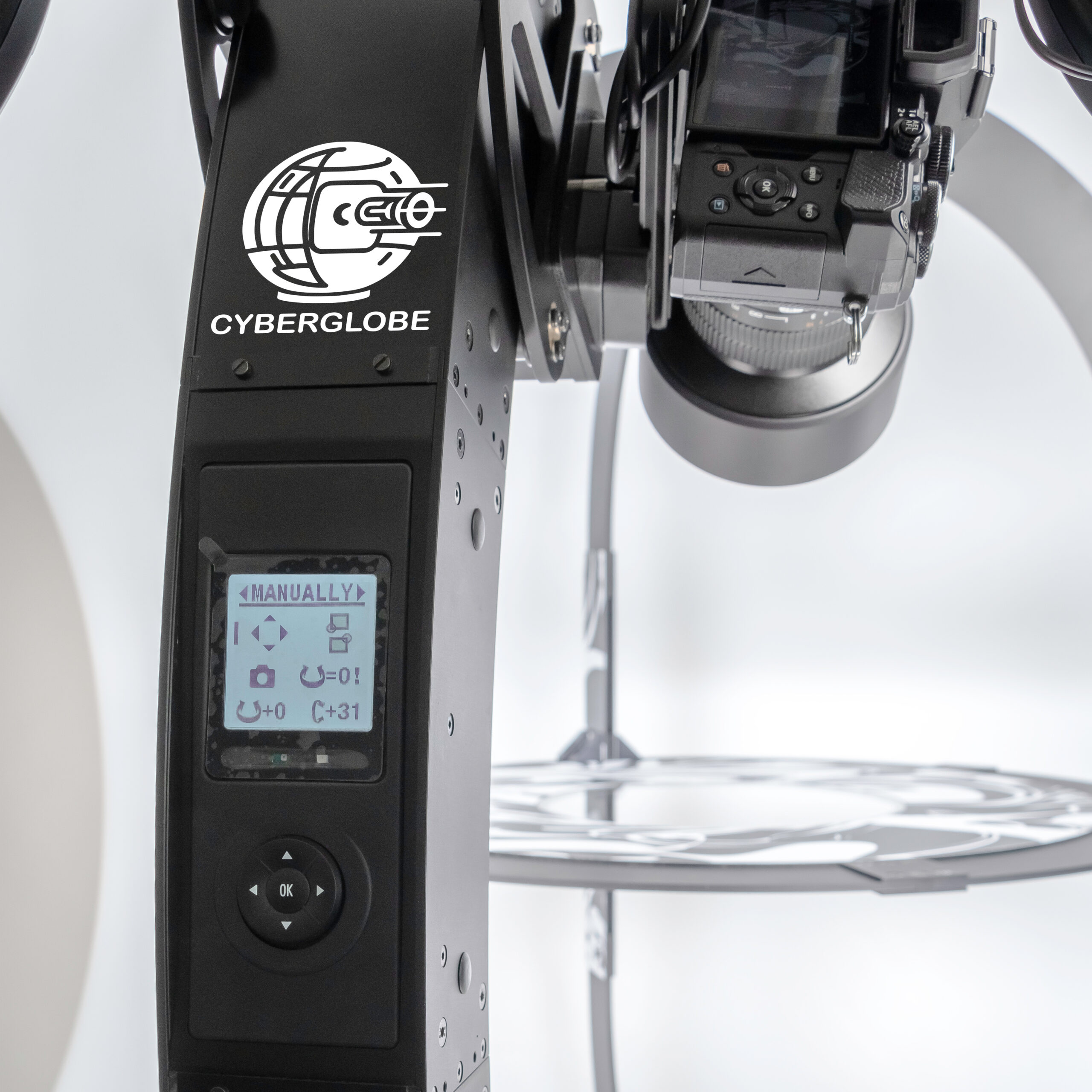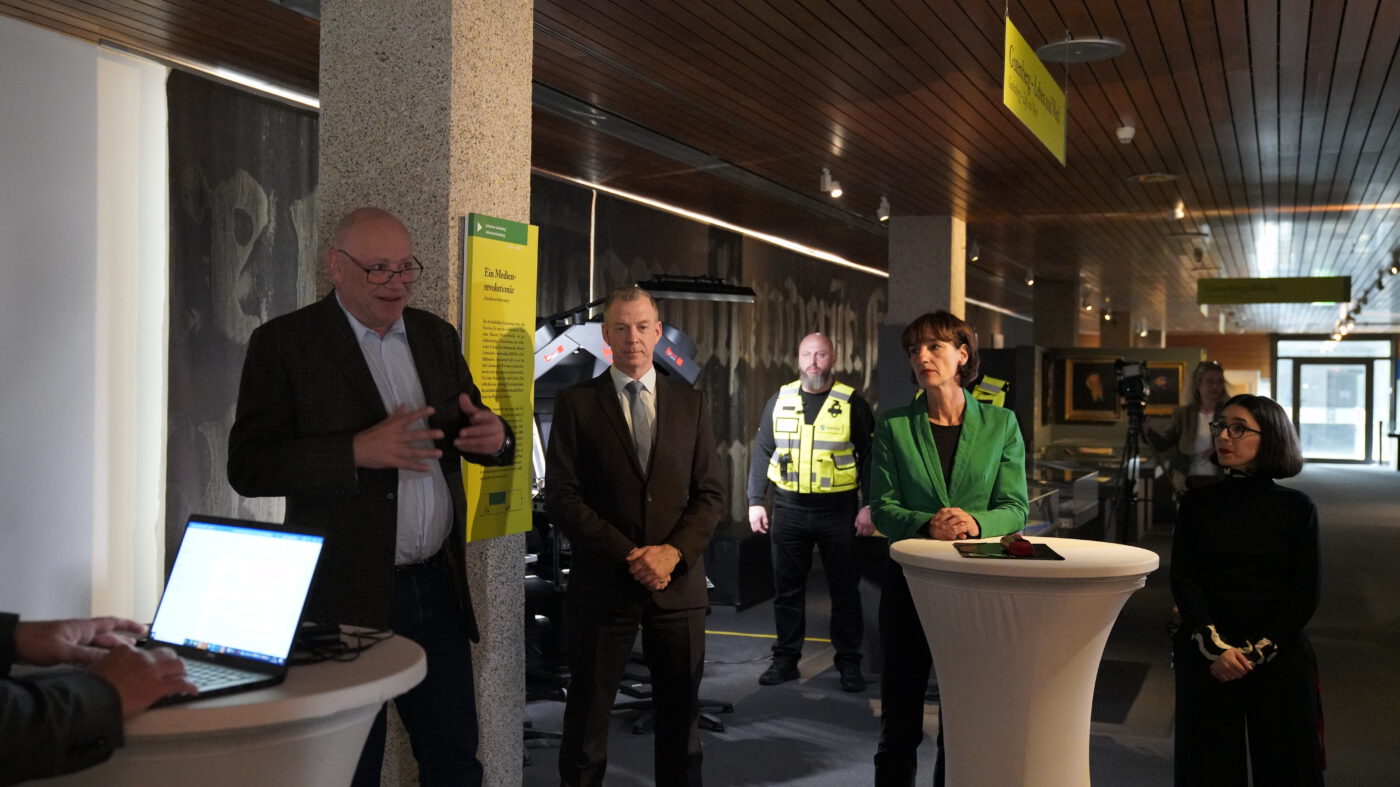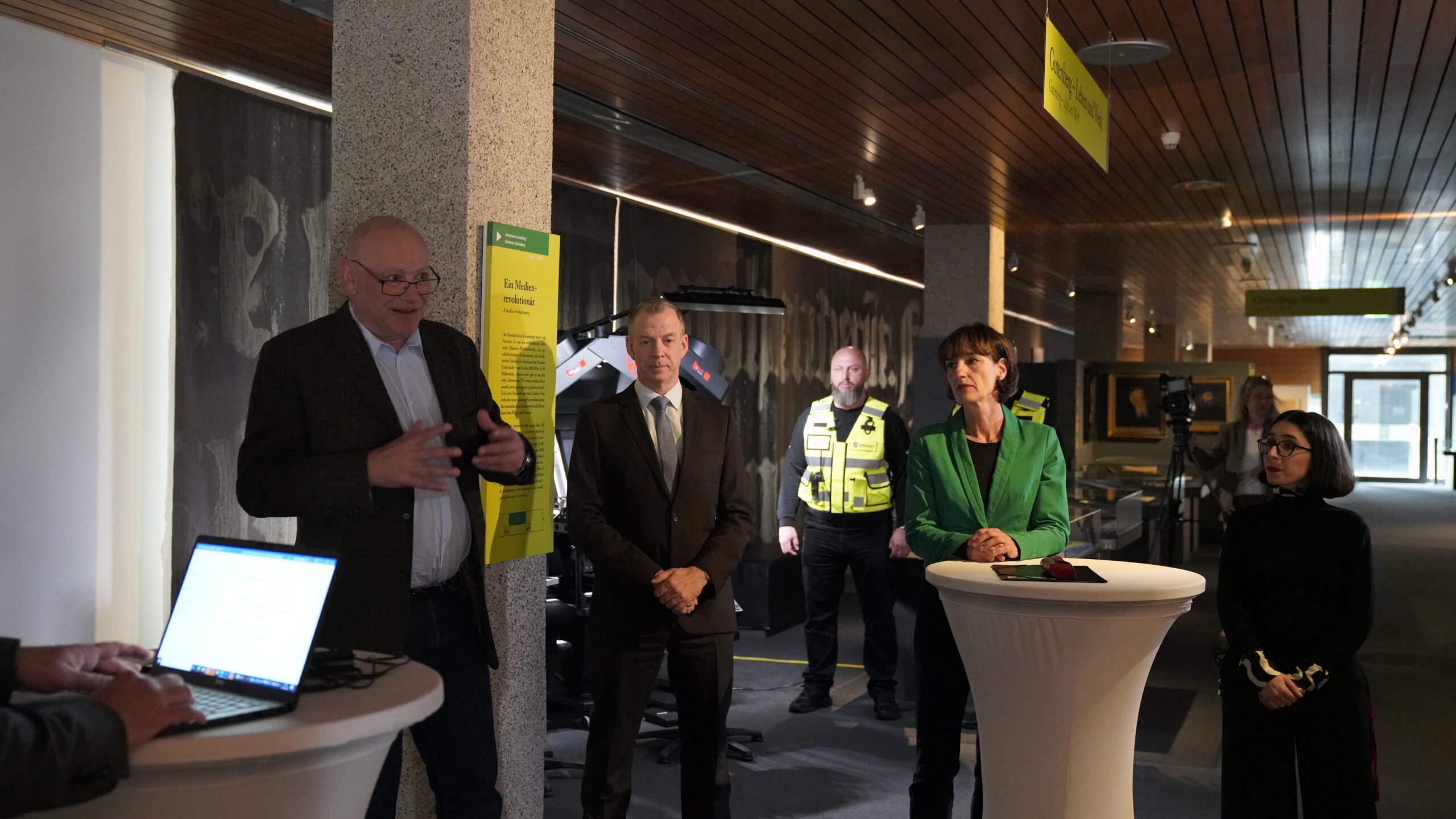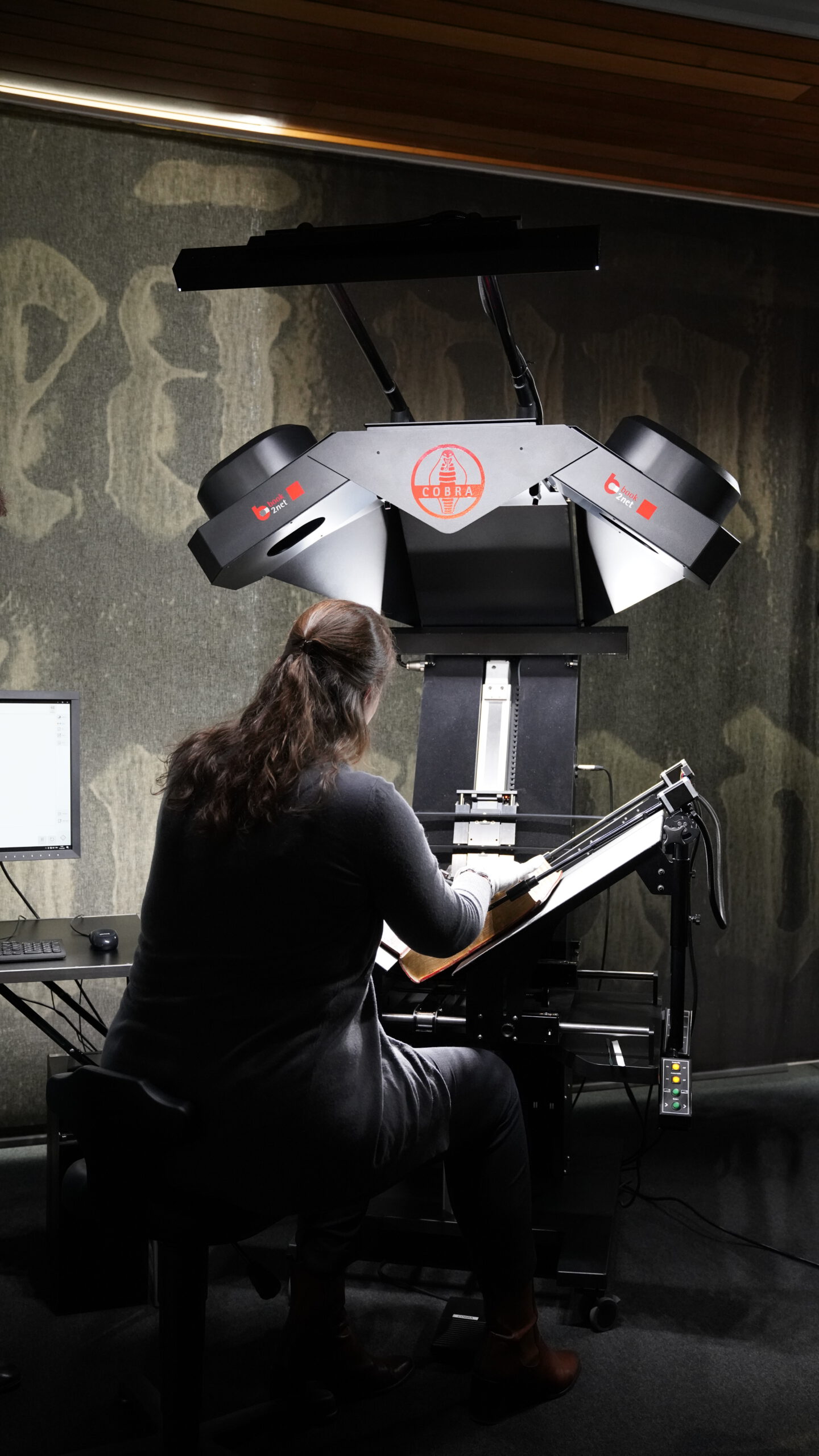On October 30, the exhibition iNUVERSUMM − Space and Time for Insects opened at the Senckenberg Natural History Collections in Dresden. Until summer 2026, visitors to the Japanese Palace can gain an insight into the fascinating and mysterious world of these creatures, which are so vital to our planet. Dazzling, delicate, and breathtakingly diverse, insects are true masterpieces of evolution. With over a million species, they are the largest group among animal species. But despite their high adaptability, they are threatened with extinction: their biomass has declined by 75 percent in recent decades.
The exhibition aims to open up new perspectives in order to raise awareness of the importance of insects. It innovatively combines research, art and education and engages visitors in a variety of interactive ways.
Approximately 50 high-resolution 3D models, created using our CYBERGLOBE Culture 3D scanner, also serve to enhance visual perception and interaction. They give visitors a vivid impression of the structure of individual insects, as the structure and texture of the insects’ bodies can be explored in minute detail using the zoom function.
We are delighted that our technology has enabled us to make a small contribution to this important exhibition!
